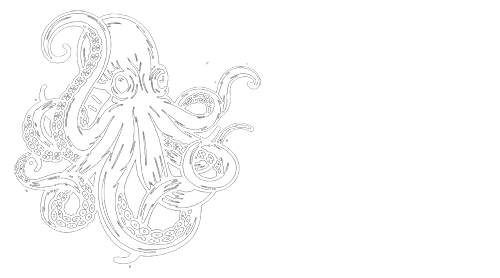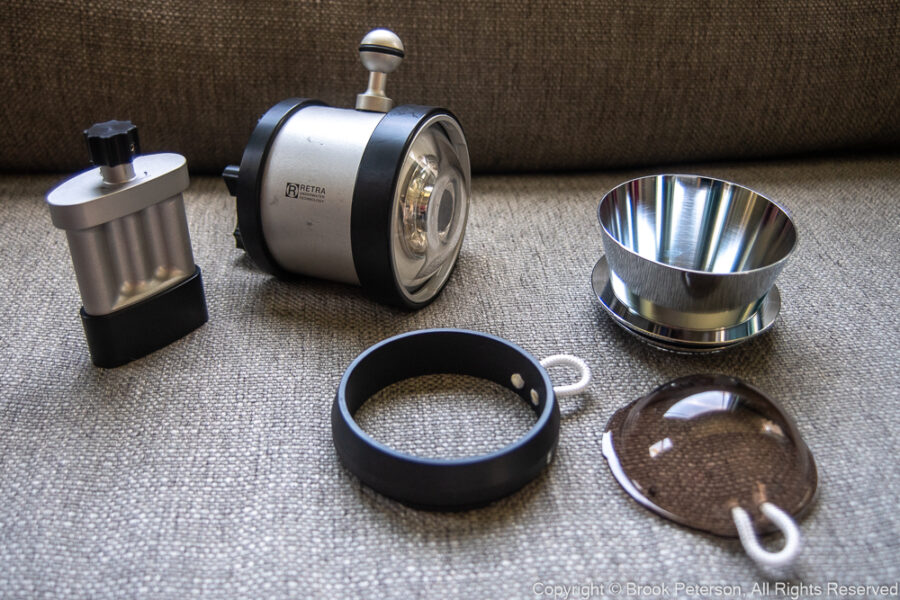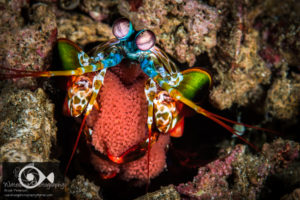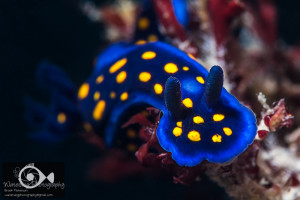I’m not usually much of a gearhead when it comes to underwater photography, but I should admit that I do love tools that make the job easier or allow an element of creativity that wouldn’t otherwise exist. Recently, I was able to take my Retra Pro strobes and all their accessories out for a spin along with Nauticam’s Wide Angle Conversion Port (WACP.) The results are exciting and in some ways a game changer. Most interesting is the combination of these strobes with the WACP.

Retra has been innovative in the past few years by making accessories for their strobes. Since I believe that lighting is the most important element in underwater photography, this is one of the game changing strategies I have been able to explore. In the past, strobes have been used creatively to light subjects with homemade accessories such as cut off wetsuit arms or PVC parts to limit the angle of light coming from the strobe. Another strategy has been to aim the strobes at the camera housing for macro photography so that the housing absorbs some of the light and there is less backscatter. After-market snoots are another strategy. Retra has taken this into consideration and created accessories that enhance the lighting effects of their strobes.



The accessories I used and tested for this article were the reduction rings (right), the reflectors (bottom left), and the shark diffusers (top left). I also used the strobes without any accessories, and tried High Speed Sync mode. Starting with the reduction rings, you can see in the image below that they reduce the diffusion around the outside edge of the light and direct the light towards the subject. This is effective when you don’t want to light up the outside edges, such as a subject in open water. The water will have particles in it and the additional light creates backscatter. The reduction rings will reduce this. I found this to be true and very helpful while shooting manta rays and sharks.

The next photo is also unedited for backscatter and exposure. With the reduction rings on, you can see there is very little backscatter. This is because the rings prohibit the light from diffusing out on the edges, directing it toward the subject instead.

I also tried the reflectors. It is recommended that you add one f-stop when using these as they reflect the light coming out of the strobe casting it further. I shot the following image at f/13 using a rectilinear lens zoomed to 55mm under the WACP. This is where I think the combination of the strobes and WACP gets interesting.

When shooting with a fisheye lens, as is the most common setup for scenes like this, you must get very close to the animal in order to get enough light on it because the strobes only cast the light a few feet. I found that with the Retra Strobes and the reflectors, the light cast much further. In addition, since I was using the WACP, I could zoom in to the animal, making it appear bigger in the frame, while maintaining a distance and still getting enough light on the subject. As you can see, the backscatter is minimal and there is plenty of light on the shark, even though it is four or five feet away.
The next image is shot using similar settings under a dome port with a 15mm fisheye lens. The closer manta was about three feet from me while the other was maybe four or five. The strobes with the reflectors cast the light far enough, however, there is a little bit of backscatter around the edges of this photo as it is much harder to control the light at the sides of a dome port. Even so, the backscatter was minimized when using the reflectors.

The shark diffusers were next on my list and I tried them on a few dives. These diffusers are designed for silvery fish and other reflective animal parts such as shark bellies, to bring the color temperature up a bit. I found them very capable and with this setup, the edge of the strobe light is not restricted. Instead, it is soft and diffuse and created very little backscatter.

One of my favorite features on the Retra Pro strobes is the user modes which can be set ahead of time and synced using your smart phone. Firmware updates to the strobes are also synced this way. I set up a user mode for high speed sync, meaning I could shoot subjects at speeds over 1/250th of a second. This is the highest speed at which my camera will sync with any strobe. Using this mode, I was able to shoot at 1/1000s and still get strobe light on the subject. This is especially handy when shooting into the sun. The high shutter speed helps reduce the light from the sun so that it is not over powering, while still lighting the subject.

One parting thought is that the Retra Pro strobes without any accessories at all are a powerful and capable tool to have in your kit. The image below was shot using just the strobes without any bells and whistles save for the extra battery pack on the back. As you can see, the light is even and far reaching. The sharks are each three to four feet long, so you can imagine the size of this cavern and how well the strobes lit it from end to end.

The takeaway, then, is that the accessories that you can purchase for the Retra strobes work as advertised and might up your underwater photography game. I am happy with the results I got and this doesn’t even include the macro accessories. (Another article for another time.) It is nice to see innovations in lighting and I think Retra is getting it right.
Disclaimer: I have not been paid by anyone, including Retra for this review. These are my own observations. All equipment was purchased by me and is my own personal equipment. (You’re welcome Retra! :))
Join me for a workshop! Travel to a great destination where you will have exclusive coaching on your underwater photography. Meet new people, network, try new techniques, and learn with the pros! Click on Travel and Workshops for more information.
Subscribe now!
As always, if you enjoy my images please visit my website, waterdogphotography.com, or give me a like on Facebook at Waterdog Photography Brook Peterson. Don’t forget to follow me here at waterdogphotographyblog and please feel free to share on Facebook or other social media.
My photographs are taken with a Nikon D850 in Sea and Sea Housing using two YS-D2J Strobes.
All images and content are copyright protected by Brook Peterson and may only be used with written permission. Please do not copy or print them. To discuss terms for using these images, please contact me.
© Brook Peterson 2021





